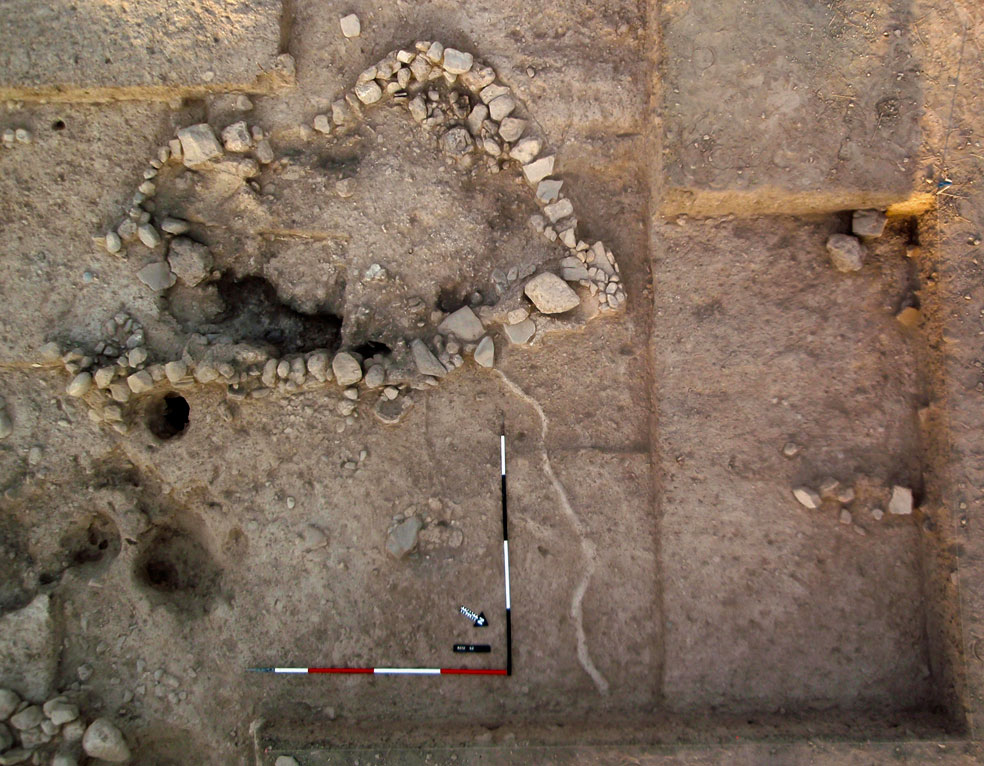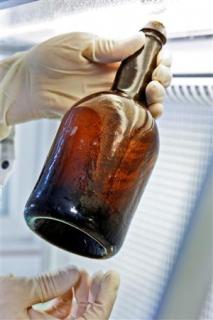
Beer has been made for thousands of years, and it seems some of these beer making old sites are still being found. Between 2007 and 2012 a team led by Dr Lindy Crewe from the University of Manchester have been excavating a Cypriot Bronze Age site at the south-western settlement of Kissonerga-Skalia near Paphos.
The team excavated a two by two metre domed mud-plastered structure and have now demonstrated by means of experimental archaeology and various other evidence that it was used as a kiln to dry malt for beer making three-and-a half-thousand years ago.
The form of this construction suggests that the most likely function was as a drying-kiln, and that one of the primary uses of this structure was for drying malt or curing malt cakes.
The excavation of the malting kiln with associated sets of pottery types and tools left in place gives a great opportunity to look at Bronze Age toolkits and to figure out techniques and recipes.
According to Dr Crewe, beers of different flavours would have been brewed from malted barley and fermented with yeasts with an alcoholic content of around 5 per cent. The yeast would have either been wild or produced from fruit such as grape or fig.
The area was very large and seemed to be well used:
The oven discovered by the archaeologists was positioned at one end of a 50 metres square courtyard with a plastered floor.
The archaeologists found grinding tools and mortars which may have been used to break down the grain after it was malted, a small hearth and cooking pots made of clay to cook the beer gently. They also found juglets, which it is believed, probably contained yeast additives or sweeteners to produce beers of different strengths or flavours. Beer ingredients were found by the team as carbonised seeds.
Crewe added: “Beer was commonly drunk because it is more nutritious than bread and less likely to contain harmful pathogens than drinking water which can make you ill. But alcoholic beverages were also used to oil the wheels of business and pleasure in much the same way as today: work brought communities together for tasks such as bringing in the harvest or erecting special buildings. Instead of payment, participants are rewarded with a special feast, often involving quantities of alcohol, which also transformed the work from a chore into a social event. The people of the Bronze Age, it seems, were well aware of the relaxing properties of alcohol.”
It’s cool to think that 3,500 years ago our ancestors were brewing beer and enjoying a frothy beer, just like we do today.
Source: http://www.pasthorizonspr.com














Follow Us!